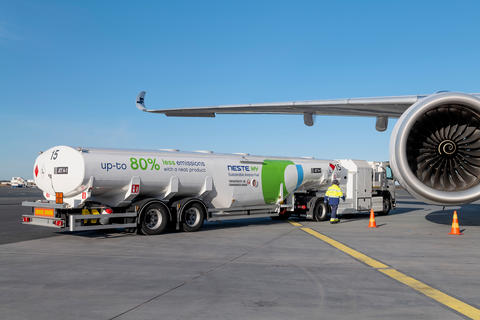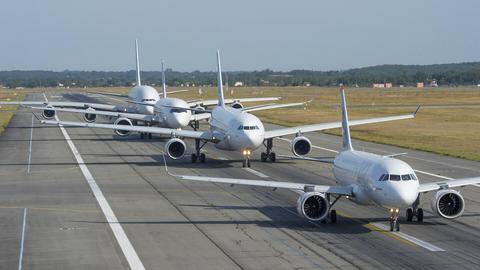Did you know that you can fly your fleet more cost-effectively and support your sustainability journey with Airbus’ Fuel Efficiency solutions?
Easy to install software, the aircraft fuel efficiency solutions enable you to monitor and manage your aircraft fuel consumption and your budget.
Explore how each solution can affect your fuel performance and choose which ones are made for you!
#01
The path optimisers
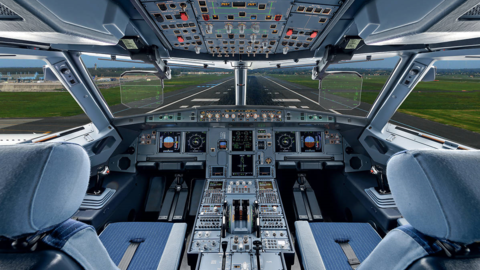
Descent Profile Optimisation (DPO)
What can I expect?
The upgrade is performed in less than 4 hours and, on an A320, can typically save 75kg of fuel per descent (or 140kg for an A330), meaning you could potentially save 140t of fuel and 441t of CO2 per year.
What is it? Descent Profile Optimisation (DPO) is a fuel saving software upgrade available for A320ceo Family and A330ceo aircraft.
What does it do? DPO works by updating the Flight Management System (FMS) and reducing margins in descent and approach, enabling a later Top of Descent and reduced deceleration distance in level-off.
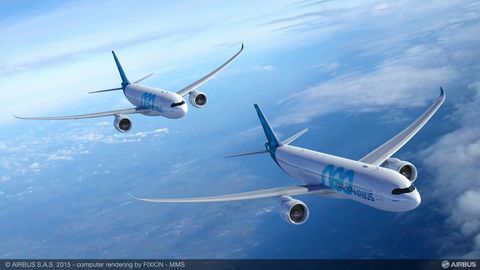
IDLE Factor Optimizer (IFO)
What can I expect? Data is decoded and analysed during 3 months, aircraft specific Idle Factor is recomputed and ingested into Flight Management System (FMS) The Optimized IDLE factors will minimize use of airbrakes and thrust increase in descent allowing savings up to 59tof fuel and 184t of CO2 per aircraft per year.
Calculate your savings with IFO here!
What is it? IDLE Factor Optimizer (IFO) is a web application and complement to DPO. Developed by NAVBLUE, IFO computes the optimised IDLE Factor, based on data analytics, for individual aircraft.
What does it do? IFO continuously adjusts the Flight Management System prediction of the descent trajectory. When combined with DPO, every descent of each aircraft is fully optimised, resulting in fuel and emissions savings
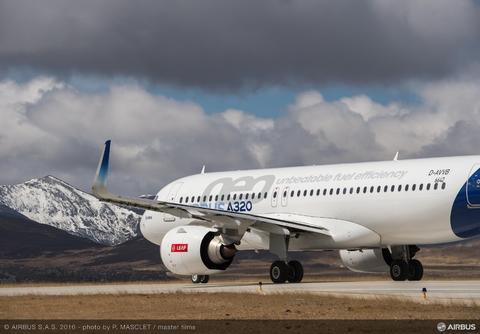
Required Navigation Performance Authorization Required (RNP AR)
What is it? RNP AR is an upgrade for all Airbus aircraft families allowing to fly Required Navigation Performance with Authorization Required (RNP AR) procedures which are based on satellite positioning system.
What does it do? The RNP AR procedure can reduce fuel consumption (and flight time) thanks to flexible and more direct flight paths saving track miles. Other benefits of RNP AR include noise footprint management and increased airspace capacity.
Additionally, NAVBLUE ensures that airlines are supported at every step of the process including stakeholders management, pilot training and Operational approval.
#02
The material upgrades
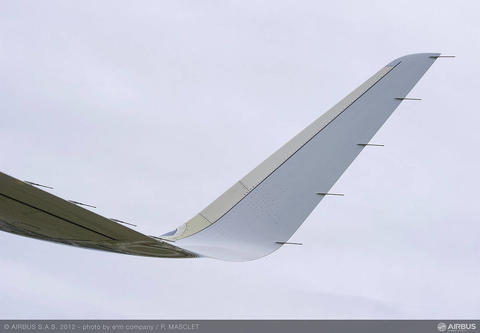
Sharklets
What is it? Sharklets are a retrofit available for many A320ceo Family aircraft. They are wing tip devices that increase the effective wing span of the aircraft and reduce lift-induced drag.
What does it do? Sharklets can deliver fuel savings of 4% and more with a resultant decrease in CO2 emissions. They also improve take-off, climb and initial cruise altitude performance as well as range and/or payload.
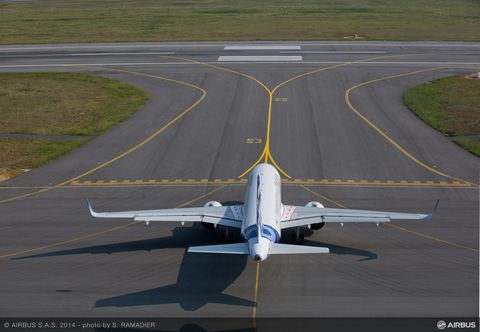
Single Engine Taxi Without APU (SETWA)
What can I expect? SETWA is installed on your aircraft by night (8 hours), after which you’ll be able to save up to 91t of fuel, 290t of CO2 per aircraft, per year*.
What is it? Single Engine Taxi Without APU (SETWA) is an upgrade available for A320ceo Family aircraft which allows taxiing on one engine only.
What does it do? SETWA delivers brake savings and lower engine and APU maintenance, enabling you to not only save fuel but also reduce ground noise.
*calculations are based on Amsterdam Schiphol airport
#03
The resource managers
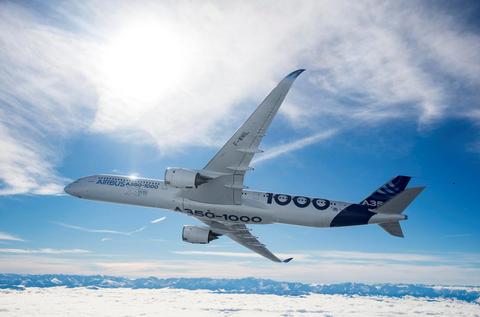
Smartfill
What is it? Smartfill is a Skywise Store app that helps airlines operating the A350 load the optimal quantity of potable water.
What does it do? Based on previous flights and the airlines own customised risk level, Smartfill calculates the amount of water that will be needed for a flight.
Loading less than 100% of the potable water capacity lowers the aircraft’s weight and so reduces fuel burn.
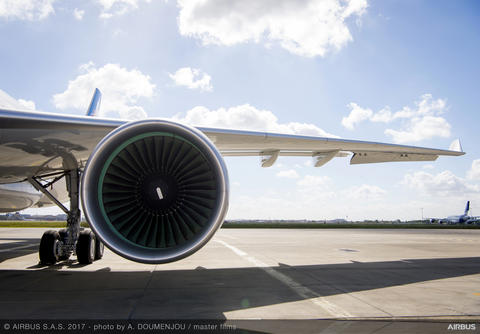
Air Management Function (AMF)
What can I expect? The upgrade can be installed within 5.5 hours. After that, savings can go up to 115t of fuel and 363t of CO2 per aircraft per year.
What is it? AMF is available as an upgrade on A330ceos.
What does it do? Air Management Function (AMF) adapts the mix of conditioned fresh air taken from engine or APU bleed with recirculated air filtered by High Efficiency Particle Arrestor (HEPA) filters. The mix is determined in function of the number of passengers entered in the MCDU (Multi-purpose Control and Display Unit).
Without AMF, the air conditioning system is designed to cope with high density layouts. In case of lower density layouts and/or low load factor, AMF optimises the quantity of fresh air, or “bleed demand”, according to the number of passengers on board, thus potentially reducing fuel burn.
Fuel efficiency news

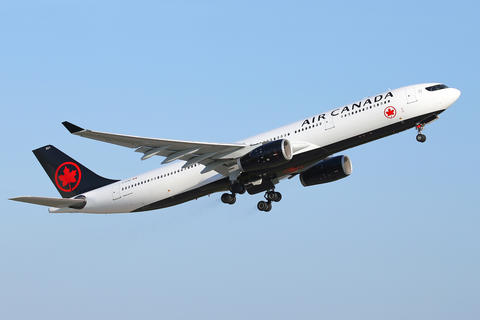
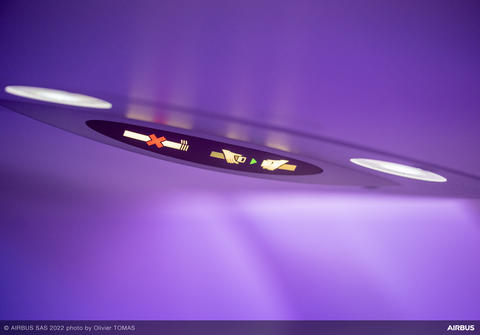
Turbulence alert - The collaborative network
What if pilots had more advance warning and more precise data about upcoming turbulence thanks to a collaborative digital solution? What if they could prepare themselves and their passengers and even avoid the zone altogether?
